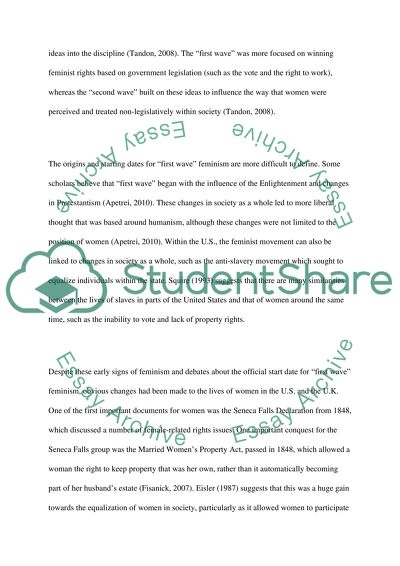Cite this document
(“Critically evaluate the achievements of feminism's first wave Essay”, n.d.)
Retrieved from https://studentshare.org/history/1478387-critically-evaluate-the-achievements-of-feminism-s
Retrieved from https://studentshare.org/history/1478387-critically-evaluate-the-achievements-of-feminism-s
(Critically Evaluate the Achievements of feminism'S First Wave Essay)
https://studentshare.org/history/1478387-critically-evaluate-the-achievements-of-feminism-s.
https://studentshare.org/history/1478387-critically-evaluate-the-achievements-of-feminism-s.
“Critically Evaluate the Achievements of feminism'S First Wave Essay”, n.d. https://studentshare.org/history/1478387-critically-evaluate-the-achievements-of-feminism-s.


